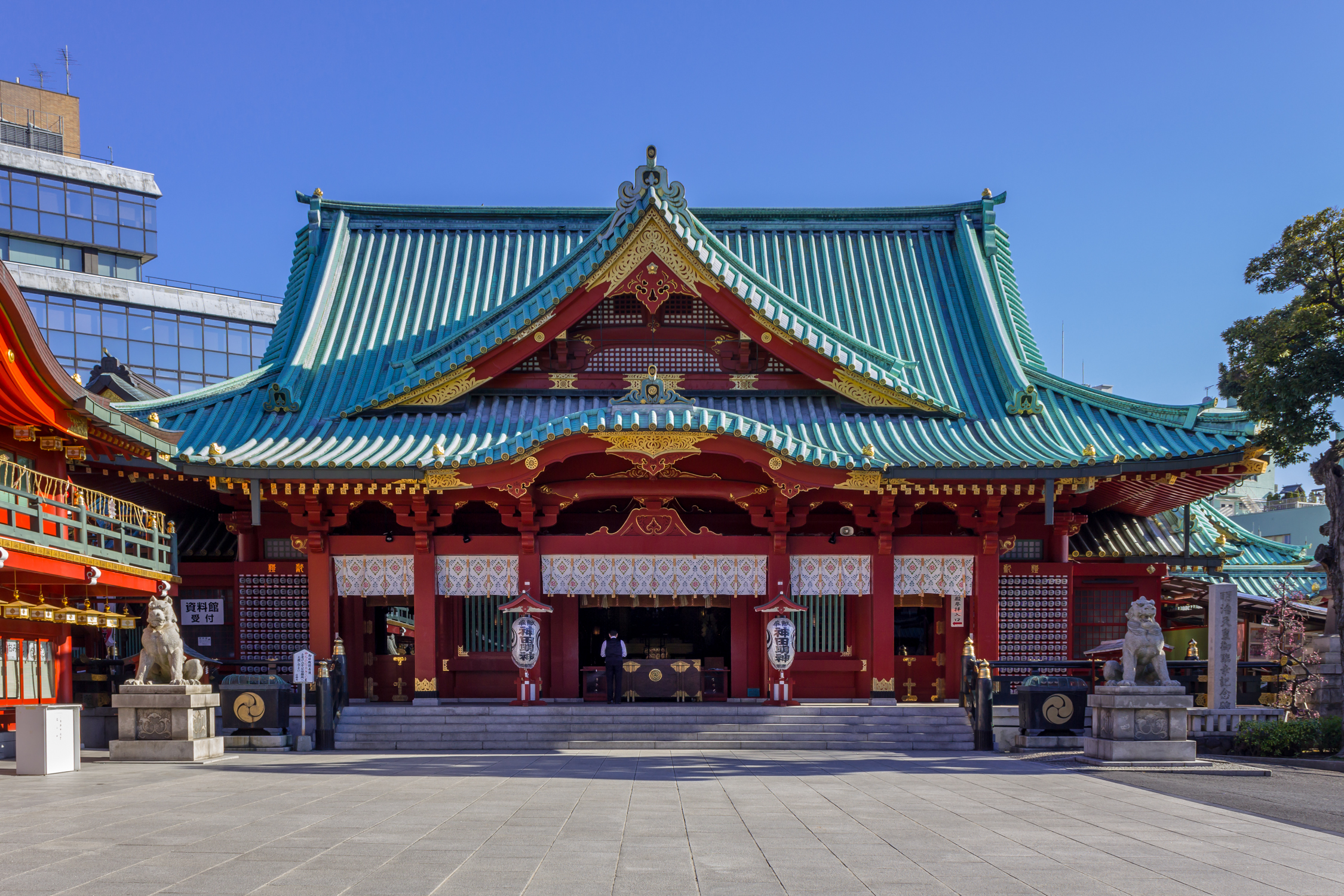If you are lucky enough to travel to Japan, attending one of the country's many festivals (matsuri) is a great way to enjoy an entertaining and memorable traditional experience. Today, we will introduce you to the Kanda festival, a Tokyo-style matsuri which is one of the three largest in Japan and also one of the most lively. This one takes place on the weekend closest to May 15th in odd years.
The origin of Kanda matsuri
Born at the beginning of the Edo era (1603-1807) during the reign of the Tokugawa Ieyasu shogun, the first of the Tokugawa dynasty. He decided to make Edo the new capital of the country.
Kanda matsuri was therefore born to celebrate the kingdom's new prosperity. At that time only two matsuri could take place on the lands of Edo Castle, Kanda and Sanno Matsuri. Faced with the strong rivalry between these two festivals, the shogun decided that Kanda would be held in odd years while the even years would be reserved for Sanno.
The program of the matsuri Kanda
The festival traditionally takes place in Kanda Myojin, one of the capital's main Shinto shrines, located a short distance from the Akihabara district, well known to electronics and manga culture lovers.

The main festivities take place on Saturdays and Sundays. On Saturday there is a huge parade in which hundreds of people in traditional clothing march past wearing three mikoshi (miniature shrines) dedicated to the three gods of the sanctuary: Daikokuten the god of wealth and commerce, Ebisu the god of fishermen and merchants and Taira Masakado a 10th century feudal lord raised to the rank of god. This procession starts in the morning at Kanda Myojin and passes through the streets of Kanda, Nihonbashi, Otemachi, and Akihabara before reaching its starting point, Kanda Myojin.
On Sundays, there is the mikoshi parade, each neighborhood parades to the sound of drums with a mikoshi in the streets of Kanda and Nihonbashi. These small portable temples are very heavy and several dozen men are needed to carry them. Regularly, the procession stops and the festival-goers blow up their mikoshi. Finally, the mikoshi arrives at Kanda Myojin in turn and stay in the sanctuary for a religious ritual. A moment of prayer and recollection takes place in absolute silence and then each district receives a blessing from the priests before giving way to the next Mikoshi.

Many street food stands are set up in the sanctuary and the surrounding streets, allowing you to discover Japanese specialties in an exceptional setting and atmosphere.
This festival, like many in Japan, is a mixture of celebration and religiosity, it gives an excellent insight into the traditions so appreciated by the Japanese that have lasted for centuries and are passed down from generation to generation.
